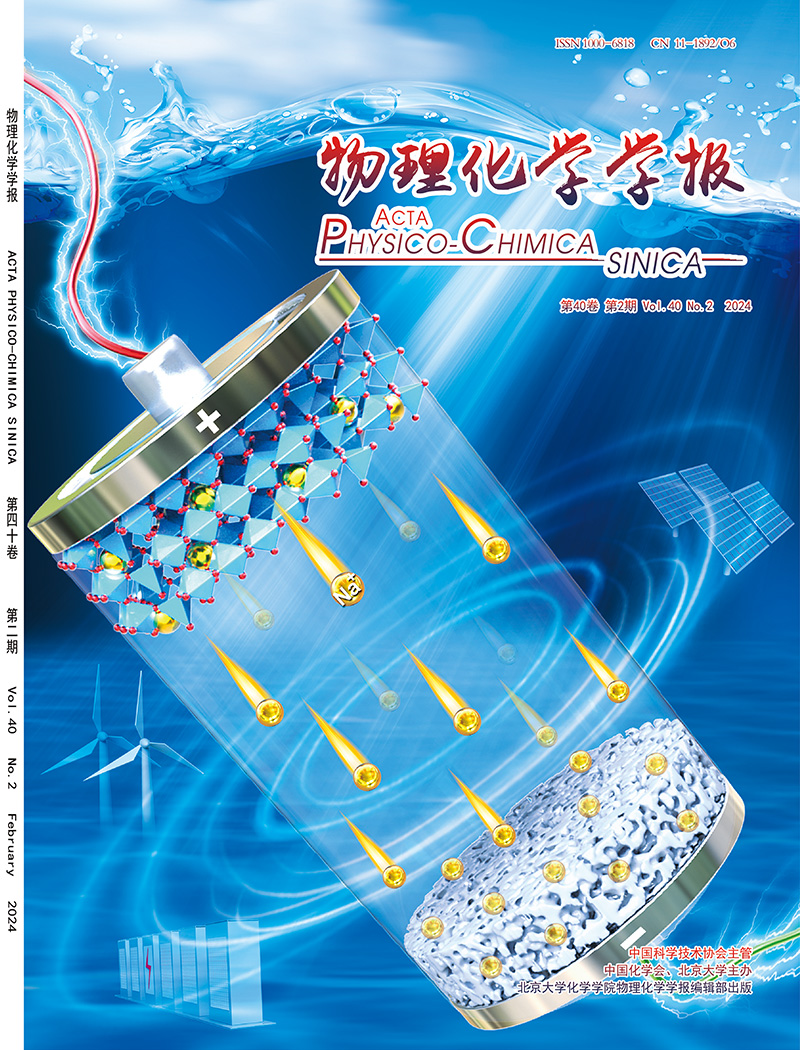Efficient adsorption of hardness ions by a mordenite-loaded, nitrogen-doped porous carbon nanofiber cathode in capacitive deionization
IF 13.5
2区 化学
Q1 CHEMISTRY, PHYSICAL
引用次数: 0
Abstract
Water hardness, predominantly due to the presence of Ca2+ and Mg2+ ions, presents significant challenges to water quality and public health. Addressing this issue necessitates effective water softening, which remains a pivotal task in water treatment. Capacitive deionization (CDI) has emerged as a promising technology for selective hardness removal, leveraging the low-cost, non-toxic and environmentally friendly selective electrode materials. Electrospun nanofibers, characterized by their three-dimensional porous structure, offer good flexibility, high specific surface area and excellent electrical conductivity. Their components can be tailored to meet the specific requirements. In this study, we incorporated mordenite (MOR), noted for its excellent ion-exchange capacity, into self-supporting nitrogen-doped carbon nanofibers (N–CNF) via electrospinning a blend of polyacrylonitrile (PAN), urea, and MOR, followed by carbonization. The resulting mordenite-loaded N–CNF composite (MOR@N–CNF) exhibited good flexibility and high conductivity. Scanning electron microscopy and X-ray diffraction analysis confirmed the presence and uniform distribution of MOR within the CNF matrix. X-ray photo spectroscopy demonstrated an increase in nitrogen content in MOR@N–CNF. In addition, the MOR@N–CNF composite displayed enhanced hydrophilicity and an increased specific surface area. When used as a self-supporting electrode, MOR@N–CNF exhibited the electrochemical specific capacitance of 162.7 F/g, with the specific capacitance retention of 60% in a CaCl2 solution. In an asymmetric CDI setup with activated carbon (AC) as the anode, the MOR@N–CNF cathode demonstrated outstanding adsorption capacities of 1501 and 1416 μmol/g for Mg2+ and Ca2+, respectively. The composite electrode exhibited high selectivity for Mg2+ and Ca2+ over Na+ with a selectivity factor of 9.7 and 8.9, respectively. These attributes endow the material with exceptional ability to discriminate between divalent and monovalent ions, thereby enhancing its potential for hardness removal. Furthermore, the electrode retained 78% of its adsorption capacity after 40 cycles, demonstrating robust cyclic stability, and ensuring long-term CDI operation. This work provides a new strategy for preparing ion-exchange material-based composite electrodes and highlights the potential of CDI technology in hard water softening.

负载丝光沸石的氮掺杂多孔碳纳米纤维阴极在电容去离子过程中对硬度离子的高效吸附
水的硬度,主要是由于Ca2+和Mg2+离子的存在,对水质和公众健康提出了重大挑战。解决这个问题需要有效的水软化,这仍然是水处理的关键任务。电容去离子(CDI)是一种低成本、无毒、环保的选择性电极材料,是一种很有前途的选择性去硬度技术。静电纺纳米纤维具有良好的柔韧性、高的比表面积和优异的导电性。它们的组件可以定制以满足特定要求。在这项研究中,我们将丝光沸石(MOR)以其优异的离子交换能力而著名,通过静电纺丝将聚丙烯腈(PAN)、尿素和MOR混合,然后碳化,加入到自支撑氮掺杂纳米碳纤维(N-CNF)中。所制得的丝光沸石负载N-CNF复合材料(MOR@N -CNF)具有良好的柔韧性和高导电性。扫描电镜和x射线衍射分析证实了MOR在CNF基体内的存在和均匀分布。x射线光谱学表明MOR@N -CNF中氮含量增加。此外,MOR@N -CNF复合材料具有增强的亲水性和增加的比表面积。当用作自支撑电极时,MOR@N -CNF的电化学比电容为162.7 F/g,在CaCl2溶液中比电容保持率为60%。在以活性炭(AC)为阳极的不对称CDI装置中,MOR@N -CNF阴极对Mg2+和Ca2+的吸附量分别为1501和1416 μmol/g。复合电极对Mg2+和Ca2+的选择性比Na+高,选择性因子分别为9.7和8.9。这些特性使材料具有区分二价和单价离子的特殊能力,从而增强了其去除硬度的潜力。此外,经过40次循环后,电极保持了78%的吸附容量,表现出强大的循环稳定性,并确保CDI长期运行。本研究为离子交换材料基复合电极的制备提供了一种新的策略,并突出了CDI技术在硬水软化中的潜力。
本文章由计算机程序翻译,如有差异,请以英文原文为准。
求助全文
约1分钟内获得全文
求助全文

 求助内容:
求助内容: 应助结果提醒方式:
应助结果提醒方式:


